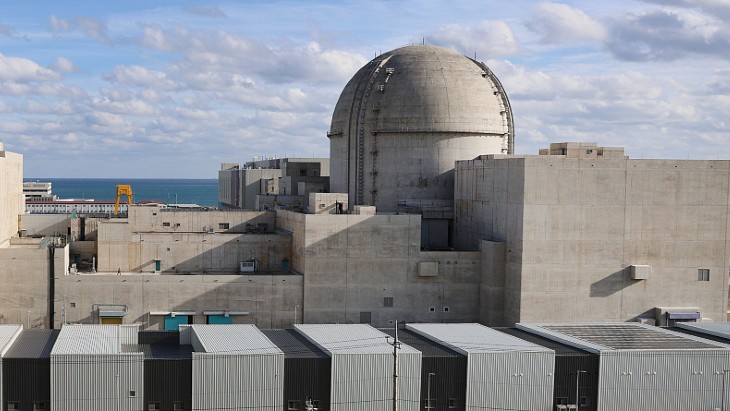Bruce Power has completed its feasibility study into the use of nuclear energy in Saskatchewan and has concluded that nuclear energy could contribute 1000 MWe to the Canadian province's generation mix by 2020.
In June, Bruce Power launched a new energy initiative - called Saskatchewan 2020 - in Saskatchewan, which included a feasibility study for the construction of province's first nuclear power plant.
This study has now been completed and concludes that a region spanning from Lloydminster, including Battlefords and Prince Albert, is "the most viable host" for a nuclear power plant. It is estimated that a new plant would create 2000 jobs during construction and 1000 permanent jobs over 60 years of operation. On an annual basis, the plant would contribute almost C$250 million ($200 million) to the provincial economy, Bruce said.
An assessment was conducted of all viable water sources, for the provision of cooling water, in the province near sufficient infrastructure to support a nuclear power plant. The North and South Saskatchewan Rivers were identified as viable water sources for a plant in the province.
Bruce Power said it considered three reactor designs whilst conducting the feasibility study: Atomic Energy of Canada Ltd's (AECL's) ACR-1000, Westinghouse's AP1000 and Areva's EPR.
Duncan Hawthorne, president and CEO of Bruce Power, said, "Since the beginning of this process, we have been optimistic about the opportunity in Saskatchewan for a new nuclear plant that could create employment and reduce greenhouse gas emissions." He added, "This study offers credibility to that optimism and gives us the facts we need to take the next steps."
With the feasibility study now complete, Bruce said that it will now work with SaskPower, the principal electricity supplier, to investigate several issues, including future power demand; improvements to the province's electrical grid; and, the potential role nuclear power could play in both Saskatchewan's energy mix and potential power exports.
Bruce Power said that it will also start considering suitable sites within the area identified and will beginning meeting with community and aboriginal leaders where appropriate. It added that, following that, the company may select a suitable location for an environmental assessment, which could take up to three years to complete.
In December, Bruce will release additional information on an assessment being conducted in collaboration with the Canadian Hydrogen Association considering the role next generation nuclear, hydrogen, wind and solar could play in Saskatchewan.
Bruce Power - which owns and operates the Bruce Nuclear power plant in Ontario - is already considering the construction of a plant at Peace River, Alberta. However, the company said earlier this year that Saskatchewan may be a more suitable site for western Canada's first nuclear power plant. Bruce Power is also proposing four new reactors alongside the eight at Bruce A and Bruce B. In addition, in late October it launched a study into the environmental impact of building a two-reactor nuclear power plant at Nanticoke in southern Ontario.




_72306.jpg)


_49562.jpg)





